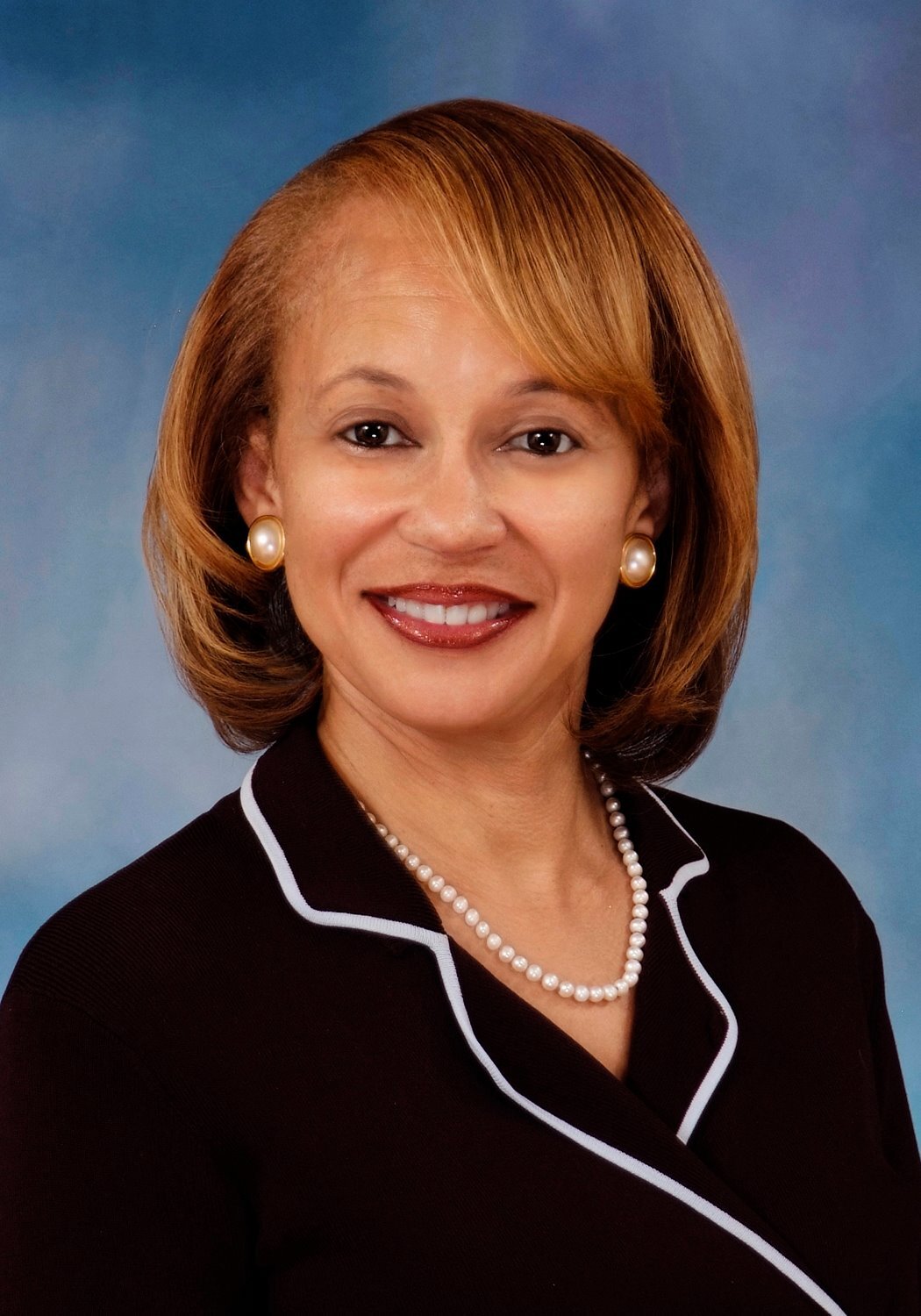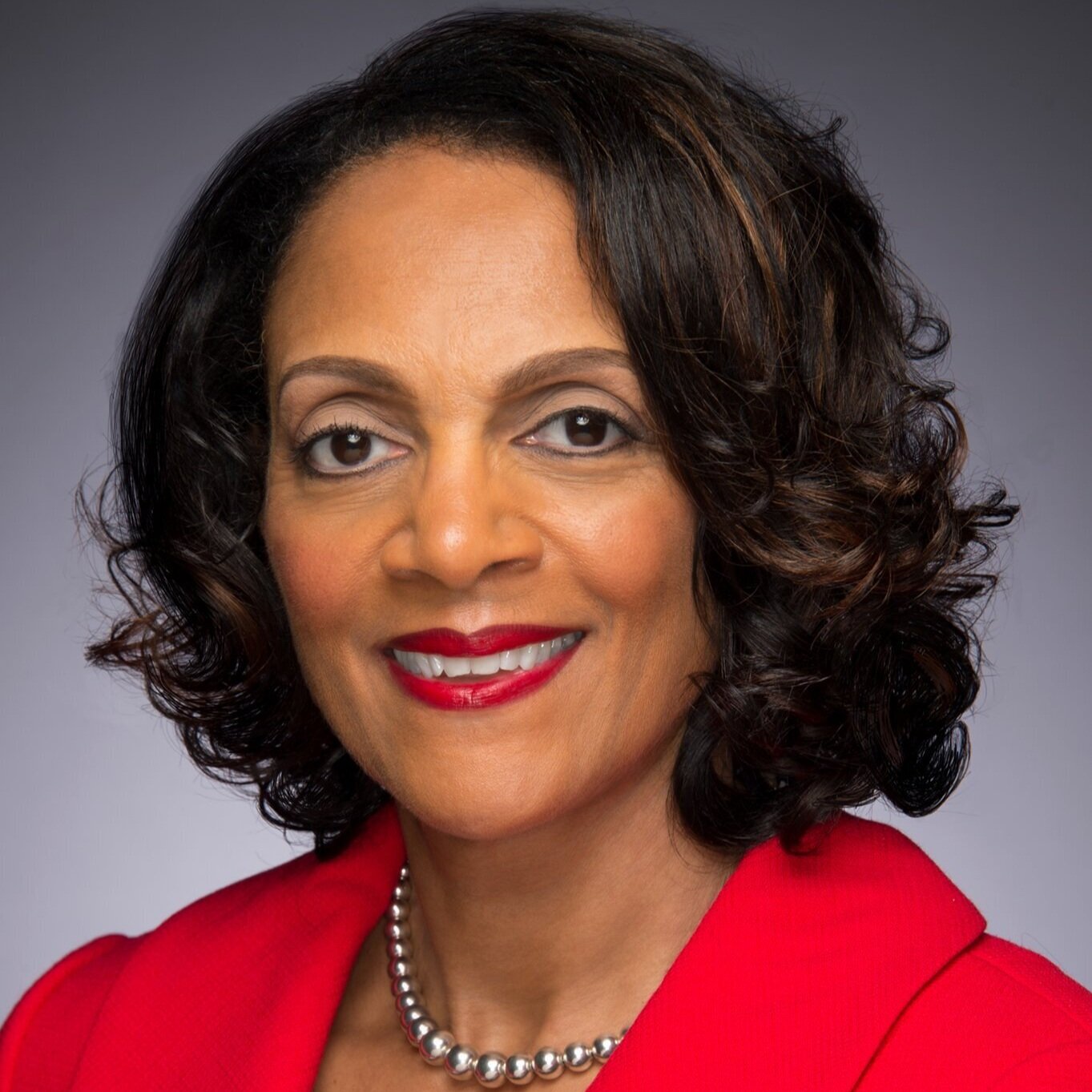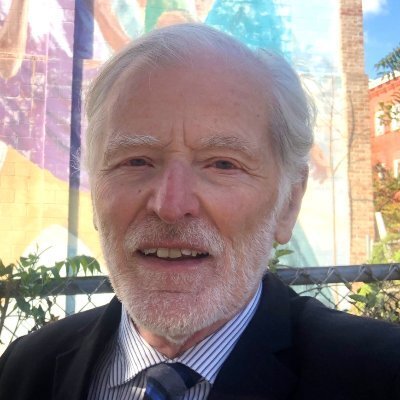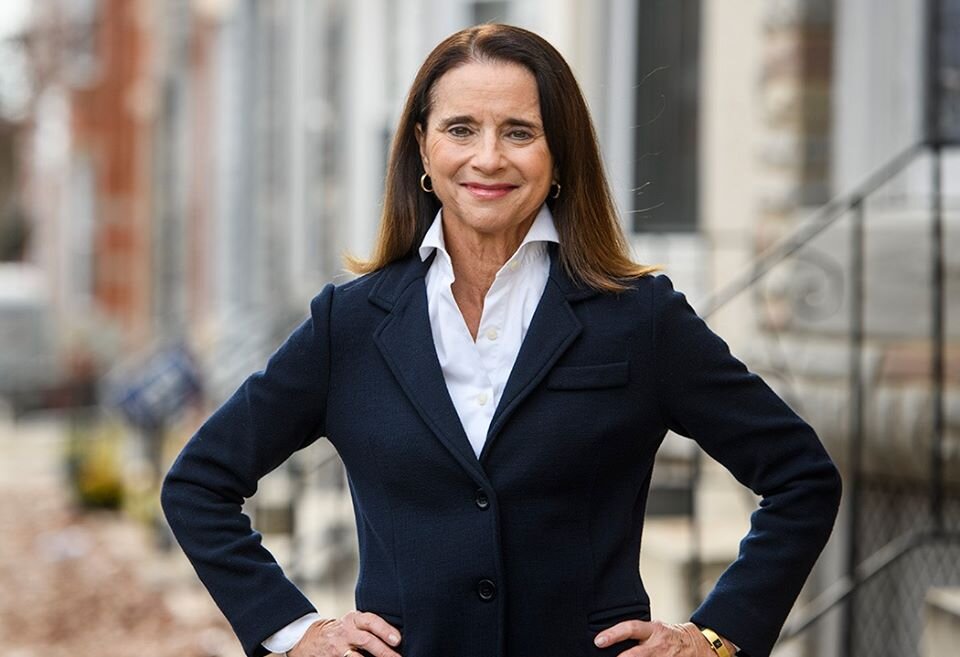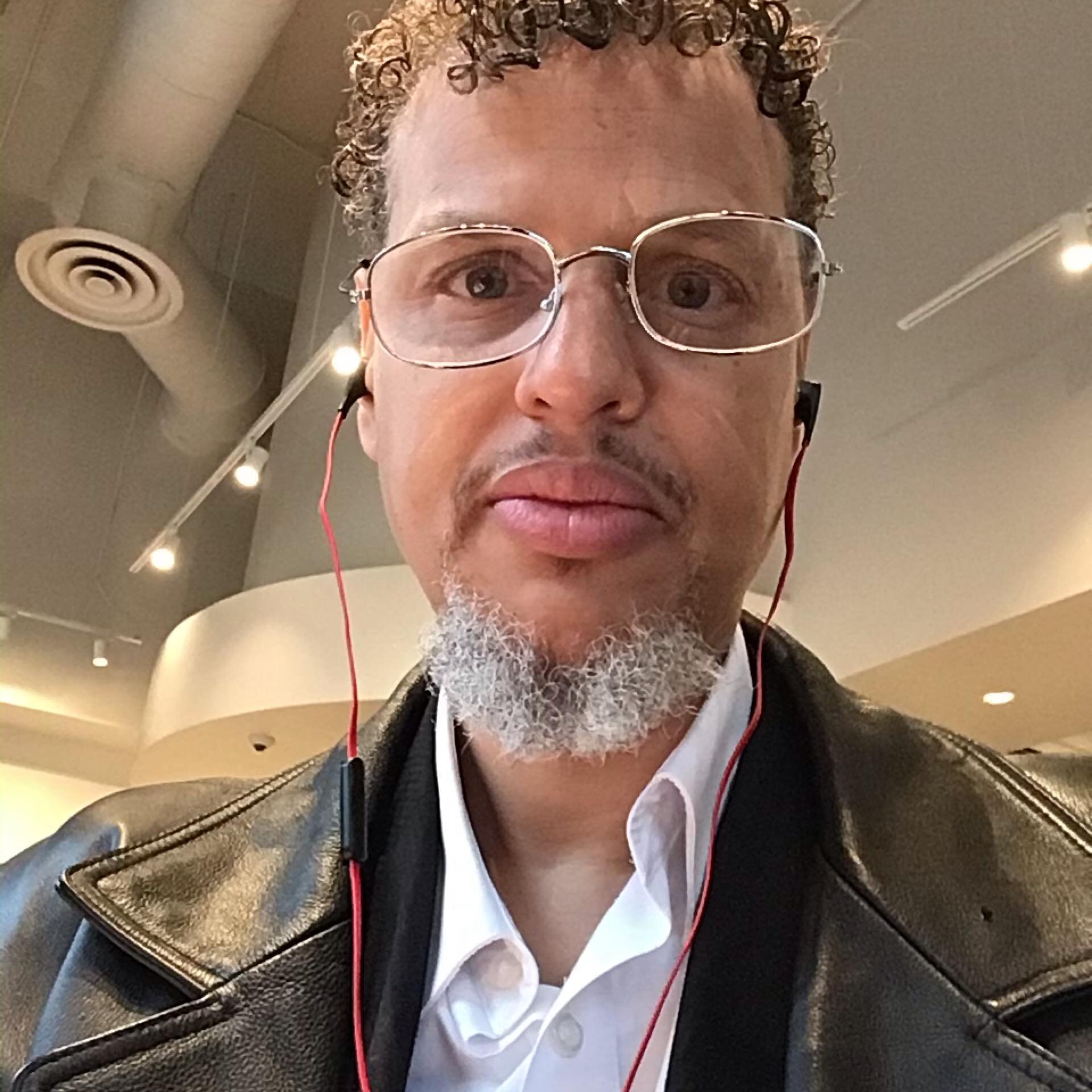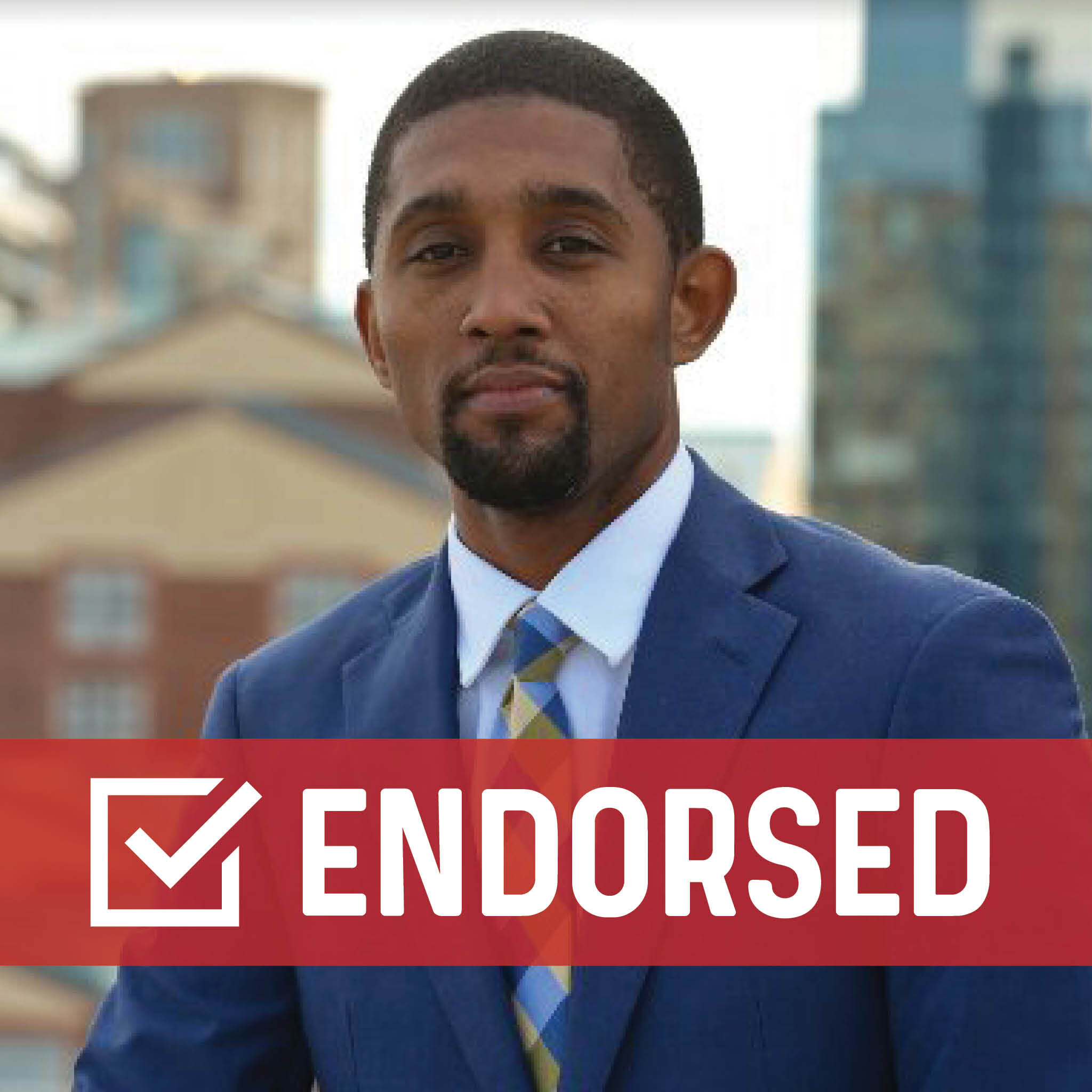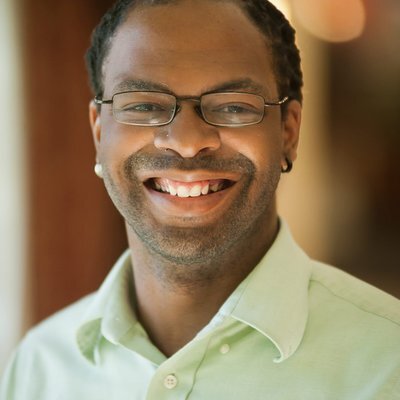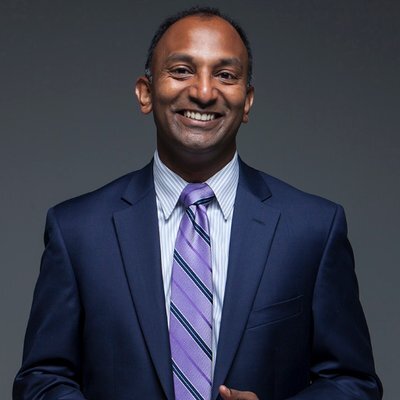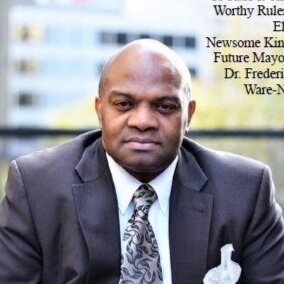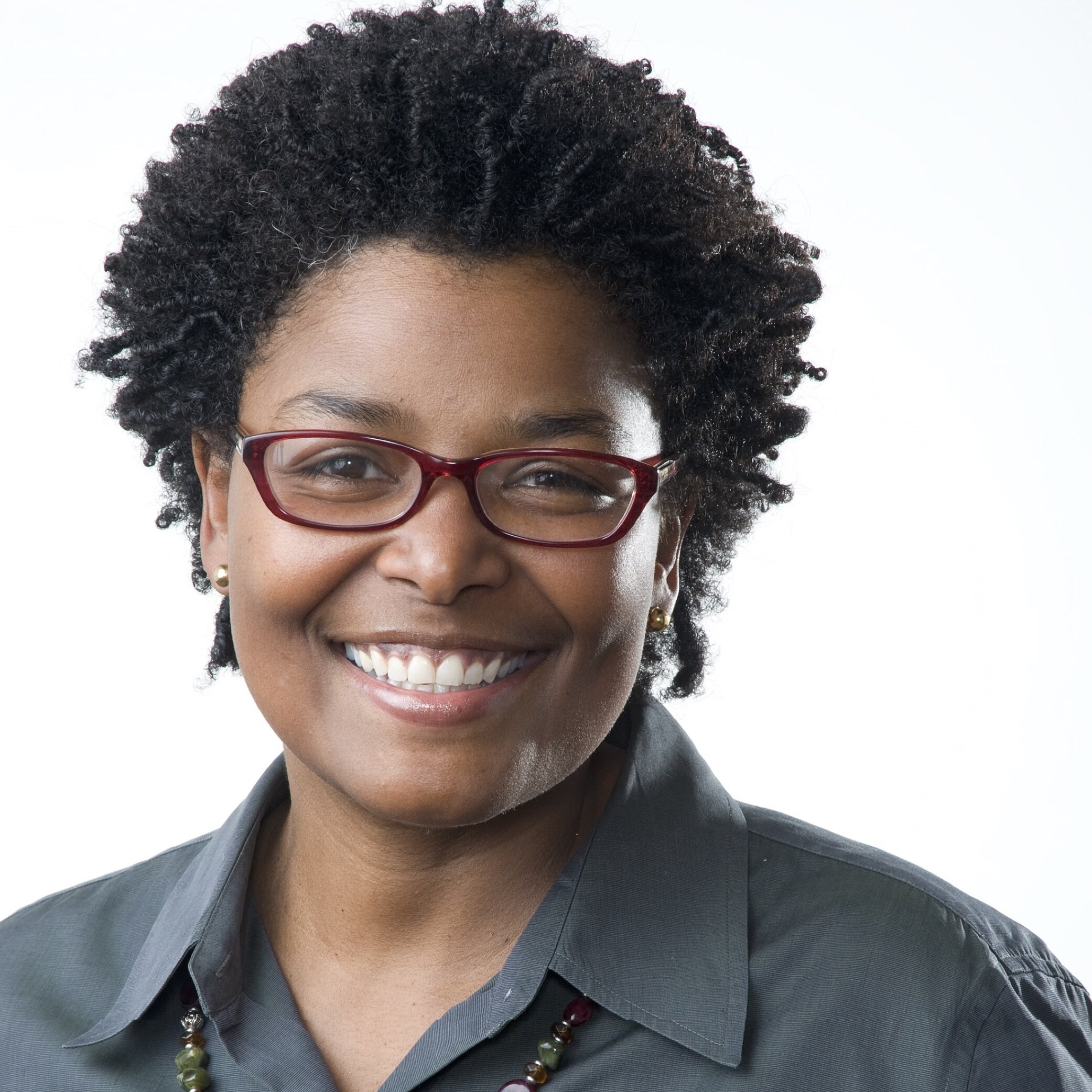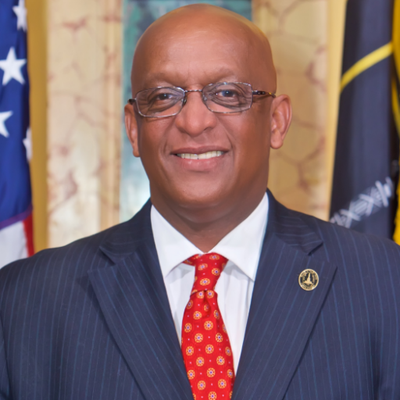Mayor
The Mayor is the first and most powerful of three city-wide elected offices with power over our spending. Baltimore has a strong mayor system, which means that the mayor has primary control over the budget and executive functions of the city. They can, almost single-handedly, set the vision and direction of the city through executive action, appointments, and the budget.
We sent our questionnaire to all filed candidates. Responses marked with a [...] indicate the candidate didn't directly answer yes or no, but may have provided a written explanation. Responses were edited for typos, but not substance.
You can find the full candidate surveys below, or scroll down to see candidate responses side by side for agree/disagree questions.
Click on a candidate below to see their full narrative responses.
Candidates for MAYOR
QUESTION COMPARISONS
Hover or click on a candidate to see an extended response if the candidate provided one.
10. I support removing parking on a street if it would improve safety and increase mobility of people using that street.
11. Minimum parking requirements are shown to increase housing costs while limiting potential density and making neighborhoods less walkable. I support following the lead of other cities that have removed minimum parking requirements from new development.
12. Some cities require employers that subsidize parking also offer an option for employees to receive that subsidy as a cash payment. I support a mandate that employers offer parking cash- out so that employees can choose to pocket that money, use it for alternative transportation, or continue using that cash to pay for parking.
13. Increasing density in areas of opportunity is proven to help individuals escape poverty. I support taller, denser, or larger buildings in areas they are now prohibited by zoning.
14. Transit oriented development can expand access to areas of opportunity by locating housing and retail along high frequency transit. Current zoning code only identifies these zones along subway and light rail routes. I support expanded Transit Oriented Development zoning to include areas within a quarter mile of high-frequency bus routes.
15. It is now widely accepted that Single Family Residential Zoning was historically created to maintain racial segregation. I support removing Single Family Residential Zoning categories, allowing both single family and multi family residences to be built in all residential zoning areas.
16. I support allowing existing residences to be split into apartments in all zoning categories without having to pass legislation for each conversion, increasing density in neighborhoods that were traditionally single family homes.
17. At 20mph, 90% of pedestrians survive being hit by a car. At 40mph, only 10% survive. I support enforcing a maximum speed limit of 25 mph on arterial streets, and 20 mph on local streets.
18. Allowing turns on red is a contributing factor in increased pedestrian injury and death. I support banning turns on red at all intersections that allow pedestrian crossing.
19. Automated Speed and Red Light Enforcement Cameras are widely proven to reduce fatal collisions. I support using these cameras on any street, not just near schools and construction sites.
20. The Automated Speed Enforcement Camera current threshold is 12 miles per hour. I support cameras being able to issue citations for those traveling 5 miles per hour or more over the speed limit.
21. I would invest in automated enforcement cameras that will issue citations to private automobiles for being stopped or parked in bus lanes.
22. Dedicated bus lanes and bus boarding islands are proven to dramatically improve bus reliability and boarding times. I support removing parking or travel lanes to create bus lanes and boarding islands to improve bus performance.
23. The city adopted the Greenway Trails Network plan that will connect existing trails such as Gwynns Falls Trail and Herring Run Trail to create a 35-mile trail loop that connects 80% of Baltimore’s neighborhoods to greenspace and recreational trails. I support the construction of these trail connections, even if it requires using grass medians or taking road space or parking space away from private automobiles.


